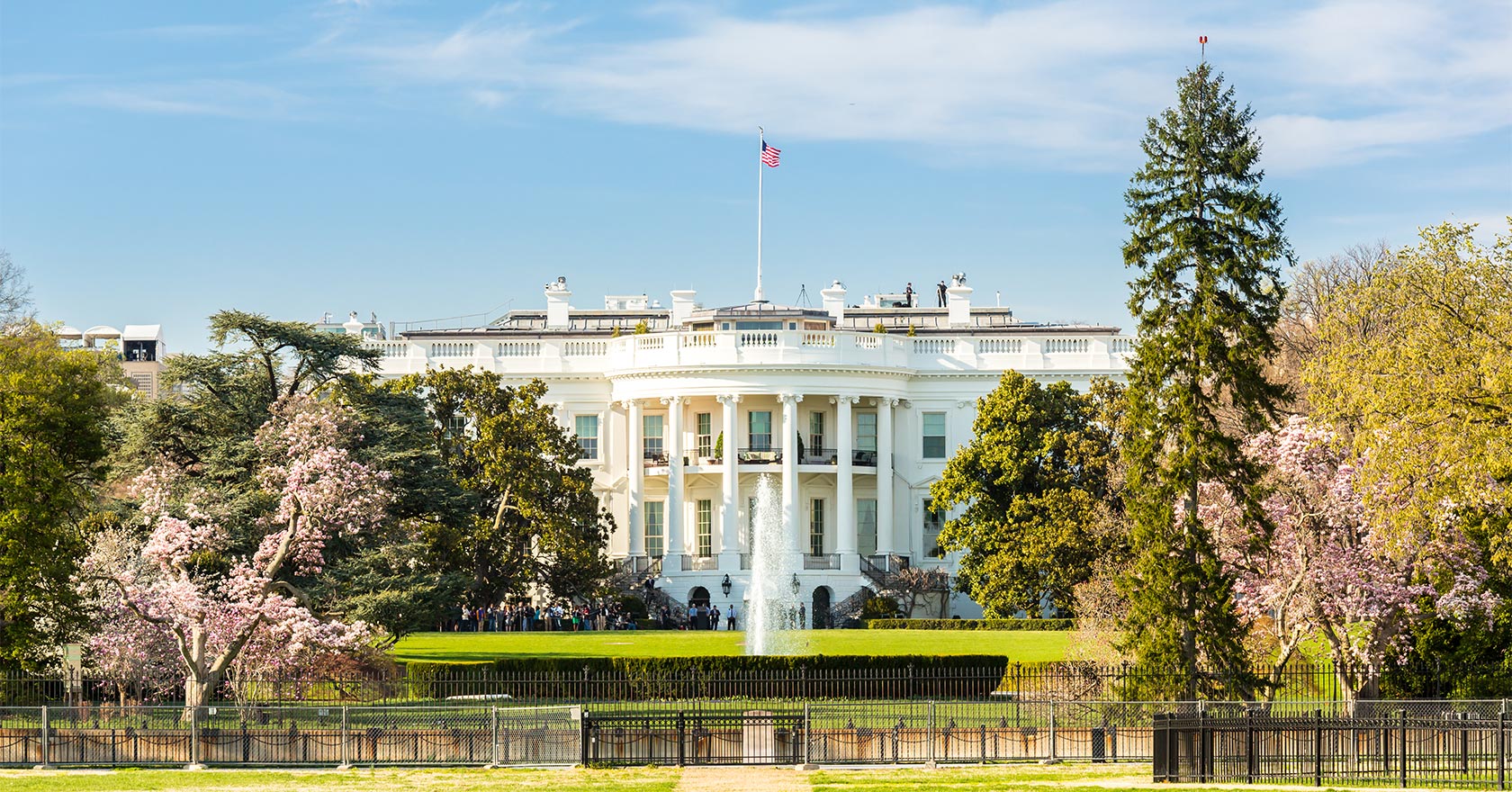The presidential role in emergency management has changed gradually but significantly in the past few decades, with different presidents contributing their own individual changes to how emergency management functions in the United States.
Some U.S. presidents have been lucky enough to face fewer events than others. However, the majority have had to deal with an event of one form or another, and in doing so have impacted the way the nation deals with emergencies. This President’s Day, let’s take a look at some of these contributions, and how the US presidency gained relevance in the world of emergency management.
Truman, Johnson, and Nixon: Early Foundations for Emergency Management
For the purposes of this blog, we’ll start in 1950, when the Federal Disaster Relief Act was signed into law by President Harry Truman. This law served to better define the role of the presidency during an emergency and allowed governors to request that the president declare a state of emergency during a disaster.
Declaring a state of emergency means that the president can provide federal assistance and funding. Before this, Congress had to pass separate laws to provide federal funding during each individual disaster. This act formalized emergency management as a part of the U.S. presidency.
President Lyndon B. Johnson modeled how the commander-in-chief could serve as emergency managers in his response to Hurricane Betsy in 1965. He was directly involved in monitoring the response of federal agencies. Following the hurricane, Congress built a massive flood protection system that lasted until the unprecedented flooding during Hurricane Katrina decades later.
In 1968, President Johnson also signed the National Flood Insurance Act into law, providing flood insurance to property owners, renters, and businesses. This piece of legislation also worked to strengthen infrastructure as a means of preventing future flooding.
The Disaster Relief Act, signed by President Richard Nixon in 1974, allowed the federal government to provide direct assistance to families following disasters, rather than going through the states to do so.
The law also allows the federal government to provide assistance to those unemployed as a result of a disaster and provide temporary housing, mortgage, or rent assistance, among other things. This act furthered the federal government’s involvement in assisting states following a disaster.
Carter and Reagan: Put a Stamp on It
FEMA (the Federal Emergency Management Agency) came together in 1979 under President Jimmy Carter, one of the Oval Office’s biggest emergency management contributors.
FEMA was created with the express purpose of coordinating response when a disaster is too much for individual states to manage. It absorbed already existent response agencies such as the National Fire Prevention and Control Administration and the National Weather Service, among others. Federal involvement in national disaster relief became more of an obligation alongside FEMA’s introduction, and gave presidents more clearly defined power in dealing with emergencies.
FEMA’s newfound authority didn’t diffuse the need for state level preparedness, however. The Stafford Act, introduced by President Ronald Reagan, further defined the framework for disaster response and recovery based on presidential declarations of disaster. This act encouraged states to better organize and plan their emergency responses, and also worked to further formalize the process of giving out federal funding through FEMA during an emergency.
Clinton and Bush: Peaks and Valleys
James Lee Witt took the helm at FEMA under President Bill Clinton’s administration, and his years of leadership are what many describe as the Golden Age of federal emergency management.
Witt, as the head of FEMA and a cabinet member, used his strong emergency management background to reshape the federal role in disasters. Some of Witt’s significant responses included the Great Midwest Flood and Northridge Earthquakes. In both situations, Witt quickly dispatched aid and anticipated the needs of states rather than waiting for their aid request, leading to a more efficient federal response. Witt showed how effective FEMA could be under the right management.
Major change was still inbound despite the success of the Clinton administration. Hurricane Katrina pulverized New Orleans and the Gulf Coast in 2005, and the federal response that followed drew extreme criticism for its slow and disorganized nature. Many view the Hurricane Katrina response as a turning point, one that pushed the agency and federal stakeholders to re-imagine what a sufficient response to a major event looks like.
FEMA altered its operations dramatically under President George W. Bush. The Hurricane Katrina Emergency Management Reform Act gave FEMA direct access to the president during a disaster. It also ensured that future FEMA administrators would be vetted for EM experience; the lack of EM experience admittedly had been a shortcoming of the Bush administration specifically, and this law shored up that deficit.
More to Be Done
Each president has had to face different levels of disasters during their terms. All of them, not just those mentioned here, have had to deal with emergency management at some level. Each event and response is an opportunity for an individual president to make meaningful changes to the federal emergency management strategy. As more presidents take the helm through disasters and events in the future, more changes to the national strategy are sure to follow.








